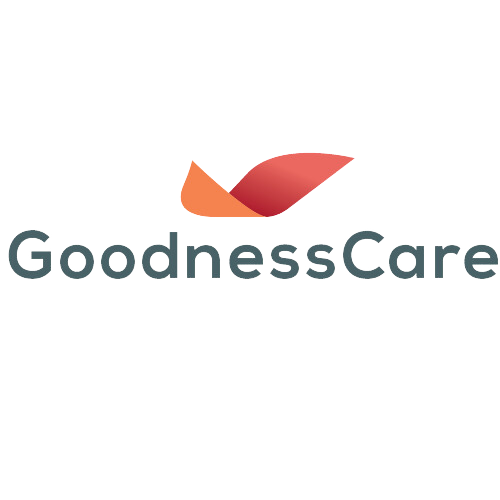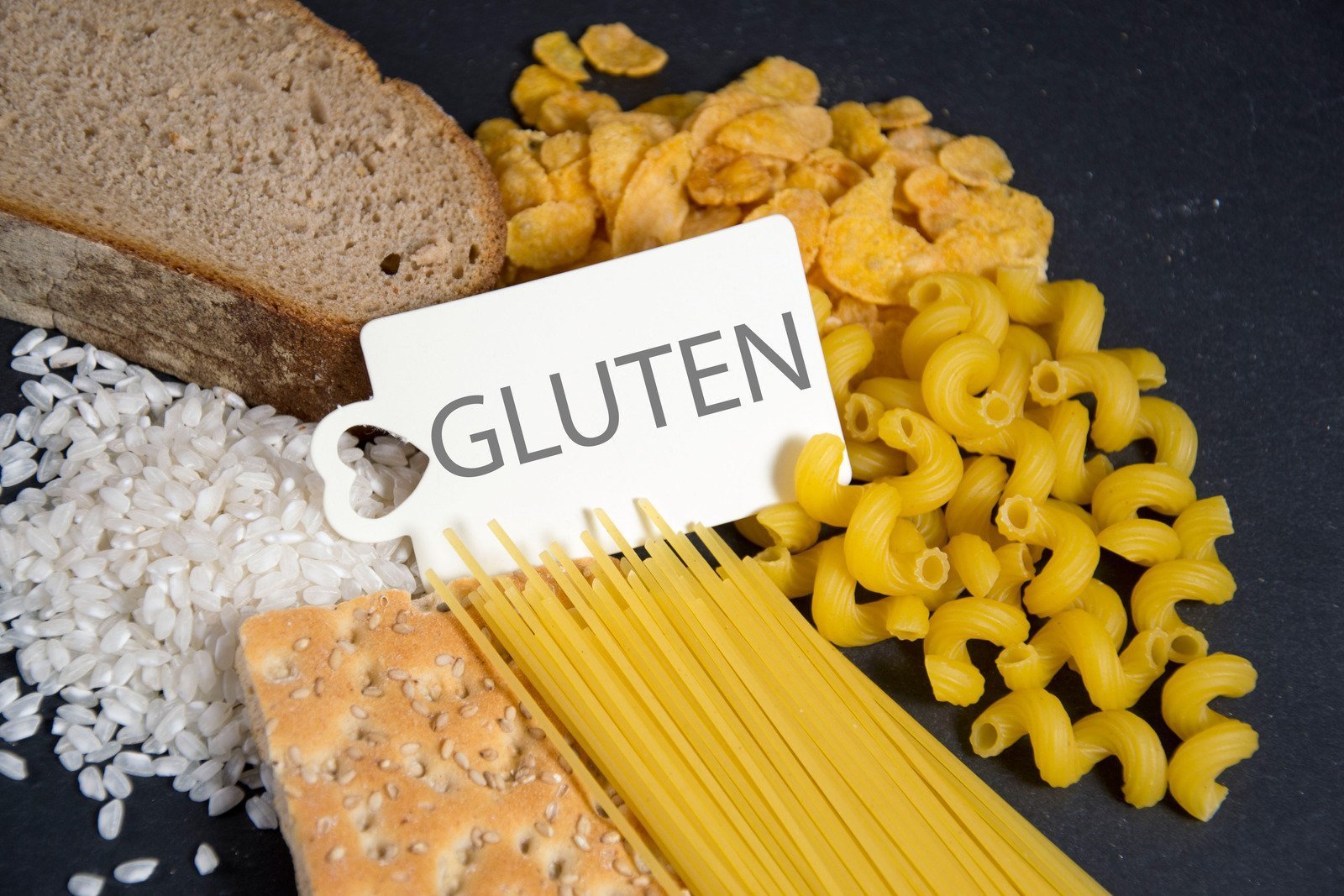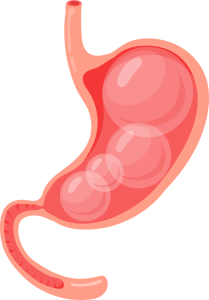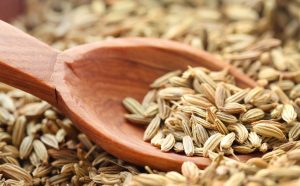Gluten is a protein found in various grains, such as wheat, barley, and rye. It plays a crucial role in giving elasticity and structure to the dough, making it a common ingredient in many baked goods and processed foods. While gluten is safe for most people, it can cause health issues for those with gluten-related disorders. This article will delve into gluten, its impact on health, gluten-related disorders, and gluten-free alternatives for a healthy diet.
What is Gluten?
Gluten is a protein composite found in certain grains, primarily wheat, barley, rye, and their derivatives. It is formed when two proteins, glutenin and gliadin, combine and create a sticky, elastic network while kneading dough. This network gives the dough the ability to rise and retain its shape, making it ideal for baking.
Gluten is crucial in the baking industry as it provides texture and structure to various baked goods, such as bread, cakes, cookies, and pastries. It contributes to bread’s chewy and stretchy characteristics, making it soft and springy when baked.
While gluten is common in many foods, it can be problematic for individuals with certain health conditions. Some people may experience adverse reactions to gluten, which is the basis of gluten-related disorders. The most well-known gluten-related disorder is celiac disease.
Foods Containing Gluten
Foods containing gluten are made from grains such as wheat, barley, rye, and their derivatives. Gluten is a protein that gives dough its elastic and stretchy texture, making it a common ingredient in many food products. For individuals with gluten-related disorders, it is essential to avoid these foods to prevent adverse reactions and maintain overall health. Here are some common foods that contain gluten:
- Wheat-Based Products: Wheat is one of the primary sources of gluten. Foods from wheat flour should be avoided, including bread, pasta, cereals, cakes, cookies, muffins, and pastries.
- Barley-Based Products: Barley and its derivatives, such as barley flour and malt, also contain gluten. This means products like barley bread, malted beverages, and some types of beer should be avoided.
- Rye-Based Products: Rye is another grain that contains gluten. Foods like rye bread, rye crackers, and certain cereals should be excluded from a gluten-free diet.
- Processed Foods: Gluten is commonly found in many processed foods, including canned soups, sauces, gravies, and salad dressings. It can also be present in processed meats, sausages, and meat substitutes.
- Baked Goods: Many baked goods and pastries, such as croissants, doughnuts, and bagels, are made with wheat flour and contain gluten.
- Pasta: Traditional pasta is made from wheat flour and is high in gluten. However, gluten-free alternatives from rice, corn, quinoa, or chickpeas are available.
- Breakfast Cereals: Most breakfast cereals contain wheat or other gluten-containing grains. It is essential to choose certified gluten-free cereals or choose gluten-free grains like oats (labeled gluten-free) for breakfast.
- Beer: Beer is typically made from barley, which contains gluten. However, gluten-free beer options made from gluten-free grains are available.
- Sauces and Condiments: Some sauces, gravies, and condiments may contain wheat-based thickeners, so it is crucial to check labels and choose gluten-free alternatives.
- Snack Foods: Snack foods like pretzels, crackers, and certain types of chips may contain gluten unless labeled gluten-free.
Gluten-Related Disorders
Gluten-related disorders refer to a group of medical conditions that involve an abnormal reaction to gluten, a protein found in wheat, barley, rye, and their derivatives. These disorders are characterized by varying degrees of gluten intolerance and can manifest differently. The three main types of gluten-related disorders are:
Celiac Disease: Celiac disease is an autoimmune disorder in which the immune system mistakenly attacks the small intestine’s lining when gluten is consumed. This attack damages the intestinal villi, small finger-like projections responsible for nutrient absorption. As a result, individuals with celiac disease may experience malabsorption of nutrients, leading to various nutritional deficiencies. The symptoms of celiac disease can range from mild to severe and may include gastrointestinal issues such as diarrhea, abdominal pain, bloating, and weight loss. However, celiac disease can also present with non-gastrointestinal symptoms, such as fatigue, anemia, skin rashes, and neurological problems.
Non-Celiac Gluten Sensitivity (NCGS): Non-celiac gluten sensitivity is a condition in which individuals experience symptoms similar to celiac disease but do not have the characteristic intestinal damage seen in celiac disease. People with NCGS may experience gastrointestinal symptoms like bloating, gas, diarrhea, and other symptoms, like headache, joint pain, and fatigue. The exact mechanism of NCGS is not fully understood, but it is believed to involve the immune system and may also be linked to changes in gut bacteria.
Wheat Allergy: Wheat allergy is an immune-mediated reaction to proteins found in wheat, including but not limited to gluten. Unlike celiac disease, an autoimmune condition, a wheat allergy is a true food allergy. When someone with a wheat allergy ingests wheat or wheat-derived products, their immune system produces antibodies, leading to various allergic symptoms. These symptoms can range from mild, such as hives and itching, to severe, including anaphylaxis, a life-threatening allergic reaction. Individuals with a wheat allergy need to avoid all wheat-containing foods and products.
Gluten-Free Diet
A gluten-free diet is a dietary approach that excludes foods containing gluten, a protein found in wheat, barley, rye, and their derivatives. This diet is primarily followed by individuals with gluten-related disorders, such as celiac disease, non-celiac gluten sensitivity (NCGS), and wheat allergy. However, it has also gained popularity among some individuals without diagnosed gluten-related issues due to perceived health benefits.
Aspects of a gluten-free diet include
- Gluten-Free Grains: People on a gluten-free diet can consume various gluten-free grains and flour. These include rice, corn, quinoa, oats (labeled gluten-free), millet, sorghum, teff, and gluten-free versions of products made from wheat, such as bread and pasta.
- Fruits and Vegetables: Fruits and vegetables are naturally gluten-free and are excellent sources of vitamins, minerals, and fiber. They form an essential part of a balanced gluten-free diet.
- Legumes and Pulses: Beans, lentils, chickpeas, and other legumes are gluten-free and provide protein, fiber, and other essential nutrients.
- Nuts and Seeds: Nuts and seeds are gluten-free and offer a healthy source of fats, protein, vitamins, and minerals.
- Dairy Products: Most dairy products, such as milk, cheese, and yogurt, are naturally gluten-free. However, individuals with lactose intolerance or additional food allergies should be cautious, as some dairy products may contain added gluten-containing ingredients.
- Gluten-Free Protein Sources: Besides dairy, various gluten-free protein sources include eggs, fish, poultry, and lean meats.
- Gluten-Free Food Products: The market offers an array of gluten-free products, including bread, pasta, crackers, cookies, and baking mixes. However, checking the labels and choosing certified gluten-free products is essential to avoid cross-contamination with gluten-containing ingredients during processing.
Gluten-Free Alternatives
Gluten-free alternatives are essential to a gluten-free diet, allowing individuals with gluten-related disorders or those choosing to avoid gluten to enjoy a wide variety of foods while maintaining a balanced diet. Fortunately, numerous gluten-free alternatives are available, making it easier for individuals to adapt their favorite recipes and enjoy diverse flavors. Some common gluten-free alternatives include:
Gluten-Free Grains: A wide selection of naturally gluten-free grains can replace wheat and other gluten-containing grains in the diet. These include:
- Rice: Brown rice, white rice, wild rice, and rice flour are versatile options in many cuisines worldwide.
- Quinoa: Known as a complete protein, quinoa is highly nutritious and has a slightly nutty flavor.
- Buckwheat: Despite its name, buckwheat is not related to wheat and is suitable for various dishes, including pancakes and noodles.
- Millet: This small, gluten-free grain is a good source of fiber and essential minerals.
- Sorghum: Often used as flour, sorghum is a nutrient-rich grain suitable for baking and cooking.
Gluten-Free Flours: Various gluten-free flours can replace wheat flour in cooking and baking. Popular gluten-free flours include:
- Almond Flour: Made from ground almonds, almond flour is rich in healthy fats and imparts a delicate nutty flavor to baked goods.
- Coconut Flour: Made from dried coconut meat, coconut flour is high in fiber and adds a subtle coconut taste.
- Potato Flour: Produced from cooked, dried, and ground potatoes, potato flour is commonly used as a thickener.
- Tapioca Flour: Derived from the cassava root, tapioca flour is a light and starchy flour used in gluten-free baking.
- Chickpea Flour: Chickpea flour is a common ingredient in gluten-free Mediterranean dishes made from ground chickpeas.
Gluten-Free Starches: Starches are used as thickeners in various recipes. Gluten-free starches include:
- Cornstarch: Derived from corn, cornstarch is an excellent thickener for sauces, soups, and gravies.
- Arrowroot: Extracted from the roots of tropical plants, arrowroot starch is often used in gluten-free baking.
- Potato Starch: Made from refined potatoes, potato starch, is another beneficial thickening agent.
Gluten-Free Pasta: A wide variety of gluten-free pasta is available, made from alternative flour such as rice, corn, quinoa, and chickpeas. These pasta options closely resemble traditional wheat-based pasta in taste and texture.
Gluten-Free Breads and Baked Goods: Many bakeries and grocery stores offer gluten-free bread, rolls, muffins, and cakes made from gluten-free flour and ingredients. Alternatively, individuals can make gluten-free baked goods at home using gluten-free flour and recipes.
Gluten-Free Snacks and Treats: Numerous gluten-free snacks and treats are available, including gluten-free cookies, crackers, granola bars, and popcorn.
Benefits of a Gluten-Free Diet
The benefits of a gluten-free diet extend beyond those experienced by individuals with gluten-related disorders. While it is essential for those with celiac disease, non-celiac gluten sensitivity, or wheat allergy to strictly avoid gluten, some individuals without these conditions also choose to adopt a gluten-free diet for various reasons. Here are some potential benefits of a gluten-free diet:
Improved Digestive Health: For individuals with gluten-related disorders, eliminating gluten from the diet can alleviate digestive symptoms such as bloating, gas, abdominal pain, and diarrhea. Even those without gluten-related conditions may experience improved digestive health by reducing their intake of certain processed gluten-containing foods.
Increased Energy Levels: Some people feel more energetic and less sluggish when following a gluten-free diet. This could be due to improved nutrient absorption and reduced inflammation in the gastrointestinal tract for those with gluten-related disorders.
Weight Management: Adopting a gluten-free diet may lead to weight loss for some individuals, although this is not always true. Eliminating certain high-calorie and processed gluten-containing foods from the diet can promote healthier eating habits and may contribute to weight management.
Enhanced Nutrient Intake: A gluten-free diet can encourage individuals to seek alternative sources of grains and flour, incorporating a more diverse range of nutrient-rich foods. Gluten-free grains such as quinoa, buckwheat, and rice offer different vitamins, minerals, and dietary fiber than wheat-based products.
Reduction in Inflammation: Avoiding gluten can reduce inflammation for some people, particularly those with gluten-related disorders. Chronic inflammation has been linked to various health conditions, and a gluten-free diet may aid in managing inflammatory responses.
Potential Relief for Certain Medical Conditions: In some cases, a gluten-free diet may benefit individuals with certain autoimmune conditions, such as rheumatoid arthritis or multiple sclerosis. Research on the connection between gluten and these conditions is ongoing, but some individuals report symptom improvement when eliminating gluten from their diet.
Experimentation with Elimination Diets: For individuals experiencing unexplained symptoms like bloating or fatigue, a gluten-free diet can be part of an elimination diet approach. By removing gluten for a defined period and reintroducing it, they can assess whether gluten may trigger their symptoms.
Support for Individuals with Gluten Sensitivity or Celiac Disease
For individuals with gluten sensitivity or celiac disease, managing their diet to avoid gluten-containing foods is crucial. However, even when following a gluten-free diet, some individuals may experience difficulty digesting certain gluten-free grains or processed gluten-free products. In such cases, incorporating Goodness Digestive Enzymes into their daily routine may provide valuable support.
Goodness Digestive Enzymes are specially formulated to aid in the digestion of various foods, including gluten-free grains. By taking these natural enzymes before meals, individuals can potentially improve the breakdown of complex nutrients, which may ease the burden on their digestive system. This could help reduce discomfort, bloating, and other digestive issues that may arise even with gluten-free eating.
While Goodness Digestive Enzymes can be a helpful addition to the dietary regimen, it’s essential to remember that they are not a substitute for a gluten-free diet in cases of celiac disease. Those with celiac disease must continue to avoid gluten entirely.





